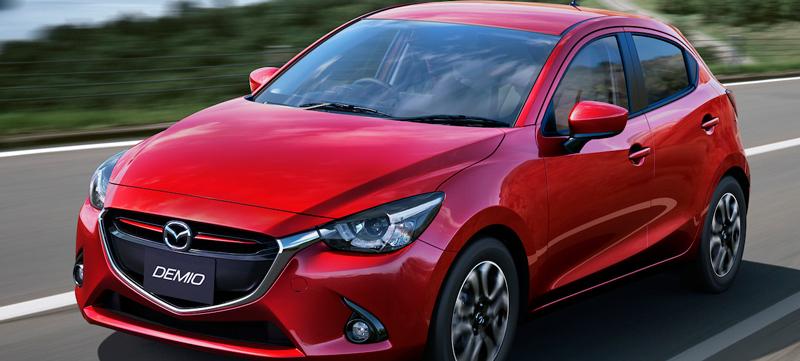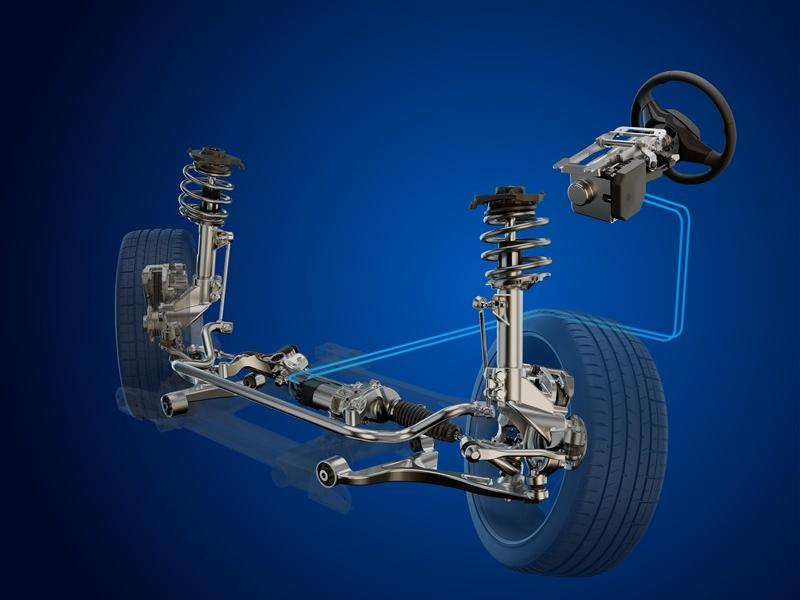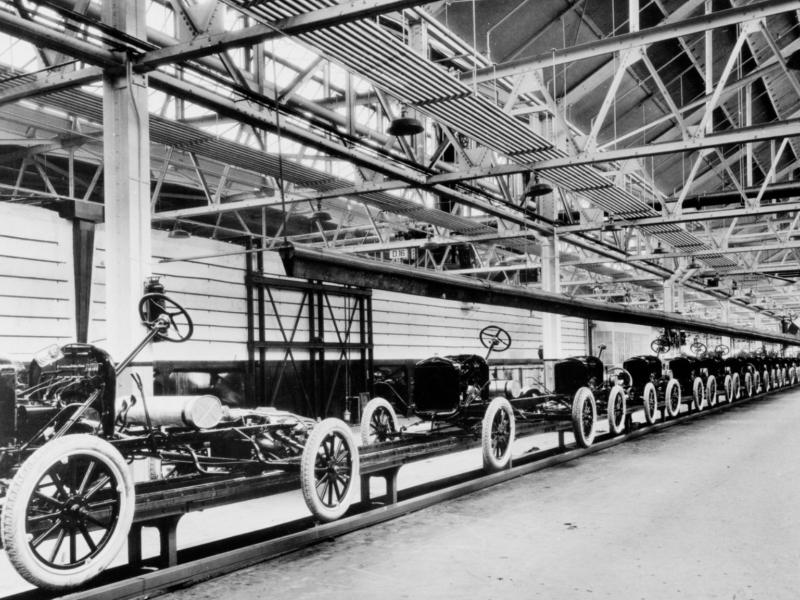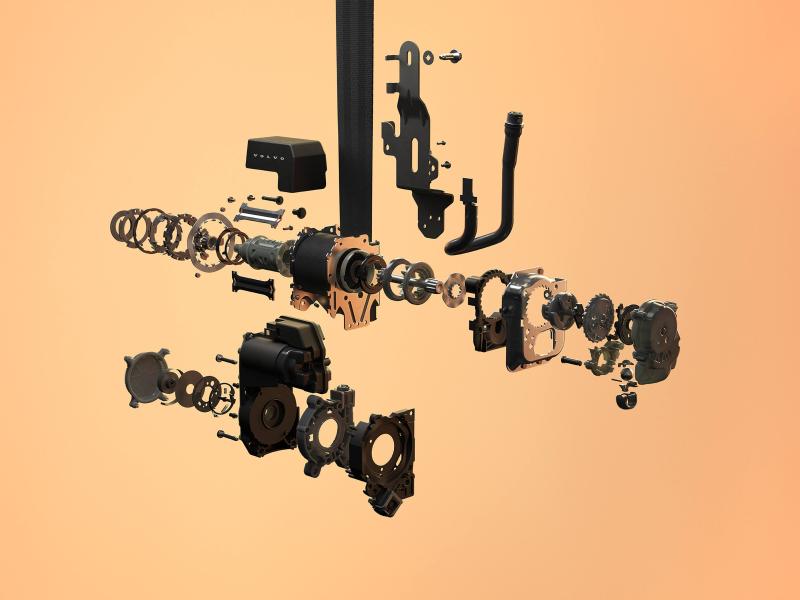A simple device used by cleaning companies to remove bad smells or mould from your car or home may well be the key to Mazda’s revolutionary new SkyActiv-X petrol engine, which uses compression ignition instead of spark plugs under heavy loads, resulting in diesel-engine-like economy.
Mazda hasn’t revealed a lot about the workings of the new engine, which will be launched next year, but prominent American car mag “Road and Track” has been studying patents filed in the US by Mazda which it believes relate to the new engine, and among the miriad of sensors and devices which are listed is an O3 (ozone) generator, also known as an Ozonator.
“Road and Track” says the ozone generator helps the engine under low load and when the engine is cold, allowing use of an ordinary catalytic converter instead of expensive exhaust treatment to remove NOx.
The ozone injection system, plus a whole array of engine sensors, allows for the transition from spark ignition to compression ignition, and enables Mazda to produce super-economy while drastically reducing emissions.
In addition to the normal mass air flow and intake temperature sensors, Mazda also includes an intake temperature sensor on the intercooler – which then feeds a supercharger, not a turbo – as well as adding a temperature sensor on the intake and exhaust ports, along with pressure sensors in the cylinder and the exhaust.
The cylinder sensors send feedback to the engine management system, which in turn controls ignition via valve timing and exhaust gas recirculation.
SkyActiv-X is the world's first commercial petrol engine to use compression ignition, in which the fuel-air mixture ignites spontaneously when compressed by the piston.
Mazda calls the combustion Spark Controlled Compression Ignition, and says it overcomes two issues that had impeded commercialisation of compression ignition petrol engines: maximising the zone in which compression ignition is possible, and achieving a seamless transition between compression ignition and spark ignition.
The new engine combines the advantages of petrol and diesel engines to achieve outstanding environmental performance, power and acceleration performance.
Compression ignition plus a supercharger together deliver superb engine response and increase torque 10-30 percent over the current SkyActiv-G petrol engine, which is itself an efficient motor.
Mazda says compression ignition makes possible a super lean burn that improves engine efficiency up to 20-30 percent over the current SkyActiv-G, and even equals or exceeds the latest SkyActiv-D diesel engine in fuel efficiency.
With high efficiency across a wide range of rpm and engine loads, the engine allows much more latitude in the selection of gear ratios, providing both superior fuel economy and driving performance.
Mazda says it will reveal more details on the engine in September. The company has not revealed which models will get the engine first, but it is believed Mazda will choose its smaller next-generation models such as the Mazda2, Mazda3 and CX-3.
Zoom-Zoom
The engine was revealed at an event to announce Mazda’s “Sustainable Zoom-Zoom 2030” policy.
Interestingly, Mazda says it expects the internal combustion engine to be around long into the future, and one of its pledges under the Zoom-Zoom 2030 mission statement is to perfect the internal combustion engine. “This will help power the majority of cars worldwide for many years to come, and we can therefore make the greatest contribution to reducing carbon dioxide emissions, and combine the results with effective electrification technologies,” Mazda says.
From 2019, Mazda will also start introducing electric vehicles and other electric drive technologies in regions that use a high ratio of clean energy for power generation or restrict certain vehicles to reduce air pollution – New Zealand being one of these.
Mazda also pledged “to bring about a beautiful earth and to enrich people’s lives as well as society.” The mission statement says the company will continue to seek ways to inspire people through the value found in cars, and through conservation initiatives, create a sustainable future in which people and cars coexist with a “bountiful, beautiful earth”.
Mazda says it will:
- Expand measures for carbon dioxide reduction from a “well-to-wheel” perspective, considering emissions over the vehicle’s entire life cycle
- Aim to reduce corporate average “well-to-wheel” carbon dioxide emissions to 50 percent of 2010 levels by 2030, and achieve a 90-percent reduction by 2050
- Achieve this with a policy prioritising efficiency improvements and measures for cleaner emissions that apply in the real world
Improved safety was also part of Mazda’s goal for the future, including autonomous driving technologies currently being developed in line with Mazda’s human-centred Mazda Co-Pilot Concept in 2020, aiming to make the system standard on all models by 2025.






